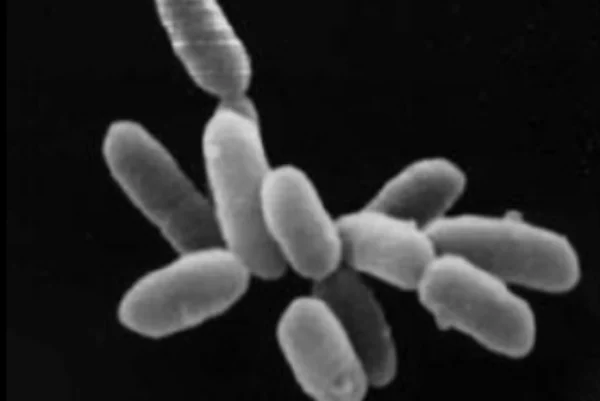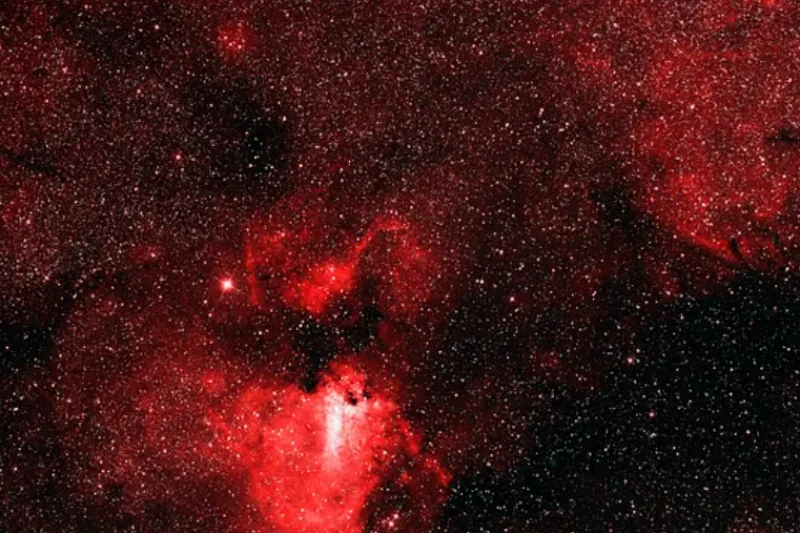Life forms can be anything you see moving. Irrespective of their sizes, species, and environment, many things are beyond imagination. There is no species about which an individual can particularly think that does not show any movement.
Having a life means having movement. Every time an individual tries to understand space creatures, there is something left behind. It is hard to grab every possible thing because nature is limitless.
Nature consists of many multicellular and unicellular organisms out of which many are still unknown. Microbiologists put their best efforts into discovering many such species and enlightening the world about them.
Microorganisms are the ones that can grab your attention easily as they can be cute too. A vacuum is a state in which no air is present.
Here in this article, we are talking about those space creatures that can survive in a vacuum. So, without waiting for a moment, let’s get started.
Extraordinary Life Forms That Can Survive In Space
1) Tardigrades
Phylum: Tardigrada
Tardigrades are the first microscopic organisms in the list. Tardigrades are eight-legged microorganisms that are commonly known as water bears.
They are microwater organisms that have the potential to survive the end of the earth as they are an expert in living in a vacuum or without the presence of air.
Though the species seems creepy at first. They are the ones having a distinguished body shape with a segmented body and flattened heads with eight legs.
Their appearance resembles a bear as they have claws on each leg. Lastly, they are the ones that can survive in critical conditions well.
2) Deinococcus Radiodurans
Scientific Name: Deinococcus Radiodurans
A bacteria found to be well-developed against radiation. Deinococcus radiodurans is one such example under the category of bacteria that can survive in extreme temperatures.
Moreover, these space creatures have an extraordinary capacity to survive in high radiation making them liveable in a vacuum.
The level of resistance is due to the mutation in DNA that makes this species extraordinary yet amazing.
3) Henneguya Salminicola
Scientific Name: Henneguya Zschokkei
Belonging to the genus of Oncorhynchus, Henneguya Salminicola is a parasite that is commonly found in salmon fish.
Parasites are known to survive by occupying the body of their host, making them semi-alive. Due to the presence of this parasite, tapioca disease is found in many humans consuming salmon every year.
This parasite causes a bulb-like structure in the body they enter. They also don’t possess a mitochondrion in their body divisions.
4) Halobacterium Salinarum

Scientific Name: Halobacterium Salinarum
Another species that has developed the potential to survive under harsh conditions like high temperatures and saline environments. Here is Halobacterium salinarum, an extremophile archaea member that lives under salinity.
This species grows well in sodium chloride concentrations which makes it favourable to survive anywhere. This bacteria requires little to survive.
Talking about its appearance, it is rod shaped organism that is covered under a lipid membrane. The interesting about this species is its unique metabolic abilities although it will not affect humans at all.
5) Clostridium
Scientific Name: Clostridium Difficile
Clostridium is a bacteria that is anaerobic, Gram-positive, and fermentative. This bacteria belongs to a phylum Firmicutes that can cause food poisoning.
With their nature of fermentation, these bacteria spoil meat mostly.
Moreover, this rod-shaped bacteria usually occurs in cold weather like November and December due to popular holidays causing a group of people to get ill from the food they eat.
This bacteria developed a potential to survive in unusual conditions that make them grow more causing more food poisoning.
6) Thermococcus Gammatolerans
Scientific Name: Thermococcus Gammatolerans
Radiation-resistant archaea are categorized into the protein category. Due to its unusual radioresistant presence, it is found at deep sea level.
They are strictly hyperthermophiles that are only found in extreme environments making them suitable to survive in a vacuum.
The shape of this organism is quite difficult to predict as it can change its shape usually.
7) Bacteroides SPP
Genus: Bacteroides
Bacteroides spp is an anaerobic bacteria that usually resides in the digestive tract of the organism making up to large portions of faecal waste.
It is a complex group of microorganisms that are usually found framing spores. Likewise, this group can survive well in a vacuum without any chances of less survival. Also, this bacteria is associated with human infections.
Talking about its shape, it is rod shaped usually resides in the gastrointestinal area of the organisms.
8) Tobacco Mosaic
Scientific Name: Tobacco Mosaic Virus
The Tobacco Mosaic Virus is another species of virus that usually targets tomatoes. It is a single-stranded RNA virus that usually spreads through the infected leaves or by the hands of the farmers. It is also a rod-shaped virus that consists of proteins and genes.
Viruses can clone themselves in the host body making the host semi alive. The effects this virus can cause is the yellowing of the leaves of the healthy plant affected by the virus.
9) Adenoviruses
Name: Adenoviruses
Surviving in a vacuum, adenovirus is one such virus that can cause respiratory illness. Adenovirus can infect a healthy person but the effect is not that much causing the individual to be cured easily. Like every other virus, it requires a living being to multiply itself.
Moreover, it can cause a wide range of infections that can affect any part of the body.
Moreover, this space creature doesn’t need a particular environment to survive, just a host body is sufficient for them to multiply themselves. They can survive in a vacuum.
Conclusion
Species are categorized based on various factors. However, categorizing species on their ability to survive in a vacuum is difficult as species are limited and vary as per their origin.
Only microorganisms can survive in a vacuum or without air as they don’t need food items to grow.
Here in this article, we have mentioned various space creatures categorized into viruses, bacteria, and archaea to enlighten our readers about the living microorganisms but without air, hope you will like this article. We will be back with another article soon. Till then, stay tuned with us.
References:
- https://www.cbsnews.com/news/scientists-discover-first-ever-animal-that-doesnt-need-oxygen-to-breathe-2020-02-26/
- https://www.sciencedirect.com/science/article/abs/pii/S0956713520303911#:~:text=C.,packaged%20steaks%20at%20abuse%20temperatures.
- https://cen.acs.org/biological-chemistry/biochemistry/tardigrades-survive-space/97/i41
Also Read:

An engineering student turned into a writer. Expressing thoughts into words is what i prize the most. Being able to conclude my thoughts through my articles is my prime intention. If i am not engaging myself with animal content, you can always find me doing coding. I am an engineer by profession but a writer by heart.
